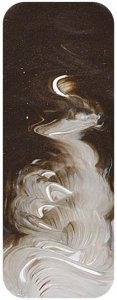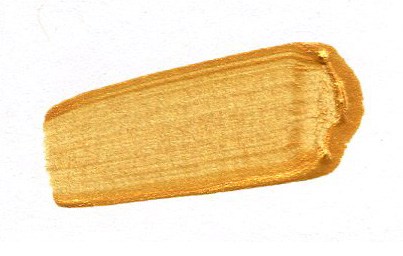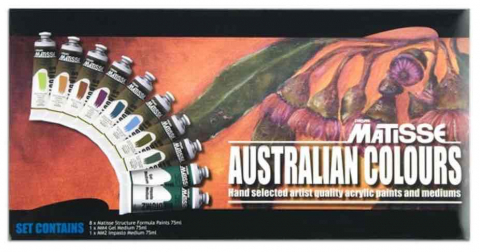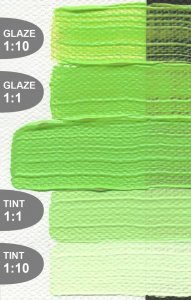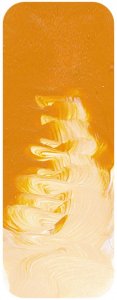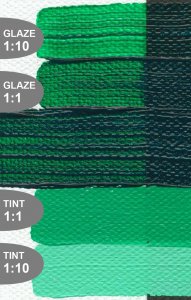Description
"Deep Rose Madder is a is a very dark red which is known in the chemical industry as benzimidazolone red. It is made in vast quantities and used mostly for colouring plastics, water based paints, inks, and is used in the textile industry for printing designs onto textiles. It is similar in colour to alizarin crimson and can be used in a similar way on the palette but it share none of alizarin???s bad characteristics. Deep Rose Madder is highly permanent, comparable in permanence to Cadmium Red. Benzimidazolone is one of the azo pigments as can be seen from its name. The azo pigments is a large family of organic pigments in the yellow, orange, and red part of the spectrum. With such a large family it can be expected that some colours that share this name are not as permanent as others. The very best of them, and Deep Rose Madder is an example of this, easily match the cadmiums in permanence, and in some cases are actually more lightfast in tints with white. That is the case here.
It is a pigment that is highly regarded in the pigment industry for its resistance to light, weathering, and chemicals and on top of that has a lower price than some other high performance pigments which is why it is so widely employed. As an artists colour it suits all media and works well in acrylic where its natural high transparency is revealed in its full splendour. One of the important differences between oil paint and acrylics is that linseed oil has a natural golden yellowish colour while acrylic is always crystal clear. This is problematic for oil paint manufacturers because there are other oils that while they have less of a colour than linseed, they tend not to have as strong and long lasting paint film as linseed produces. In some colours, especially blues and whites, the linseed makes for a noticeable change from the real colour of the pigment. Acrylic, on the other hand, always reveals the full beauty of a pigment because it adds no colour of its own to the pigment particles. In a case like Deep Rose Madder the clarity of the acrylic film also facilitates the natural transparency of the colour enabling the undertone to be appreciated fully.
Another difference with oil paint that is relevant here stems from the glazing properties of this colour. In oil paint glazing tends to be left to the end of a painting because the oils best used for glazing tend to be slow drying. In acrylic glazes can be applied at any stage of a painting and dry quickly. Deep Rose Madder is great as a glazing colour. It can lift otherwise dull ochre colours. For glazing dilute the colour with Matisse Acrylic Painting Medium MM9.
Deep Rose Madder is complementary to Matisse Rose Madder. It is darker, not quite such a blueish red, and significantly more transparent. It is also noticeably more affordable. Both colours have their role and their strengths and it is not that one is better than the other, it is more that one artist???s work might benefit most from choosing one over the other, while another artist???s work may well be better off using the other colour. It is very much a personal choice. Matisse Rose Madder may be preferred if you make a lot of mauves and mid violet colours and is fantastic for making a beautiful luminous black when mixed with Phthalocyanine Green. Deep Rose Madder on the other hand cannot be beaten for making dark purples and can darken other reds beautifully. Its cost advantage cannot be ignored because many artists are not wealthy and if the colour is chosen for that reason alone it is not a problem because the artist gets a colour that ranges from a deeply passionate red to an alizarin-like mixing colour able to make deep purples and violets mixed with Ultramarine Blue of great luminosity that have the both beauty and are far more lightfast than violets and purples made with Dioxazine Purple. On the other hand it is an excellent colour for mixing with earth colours. It is not as bright as some other reds

